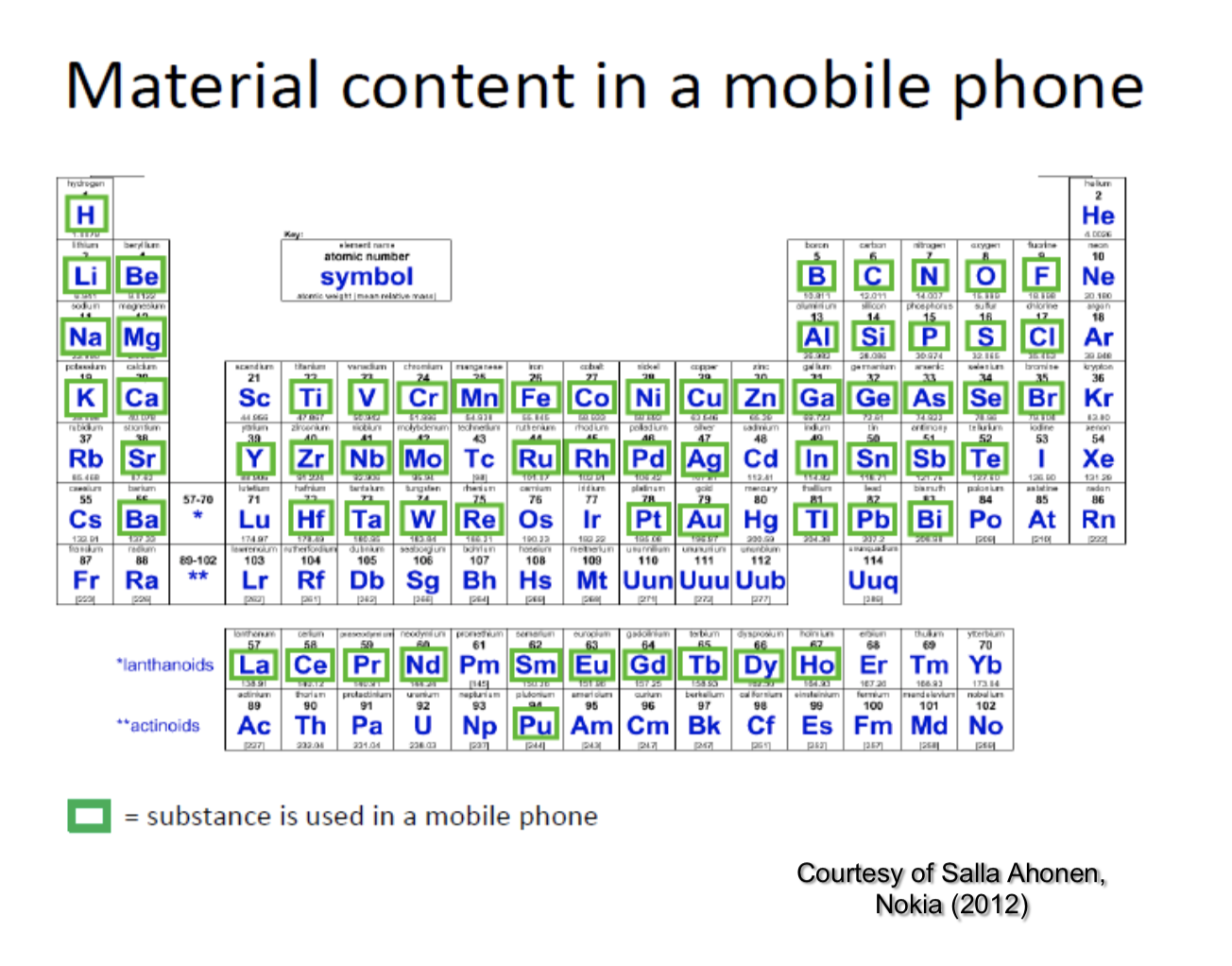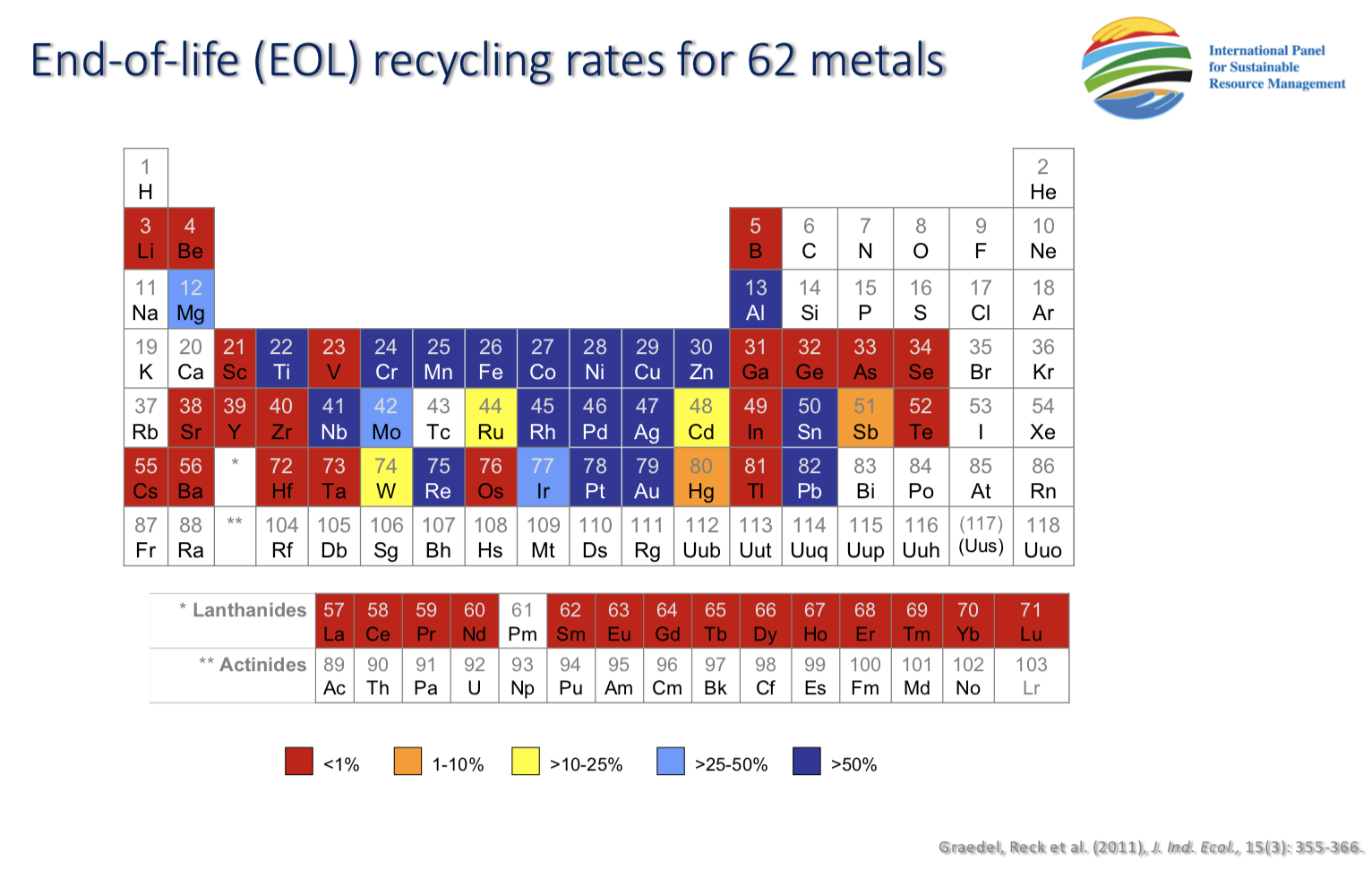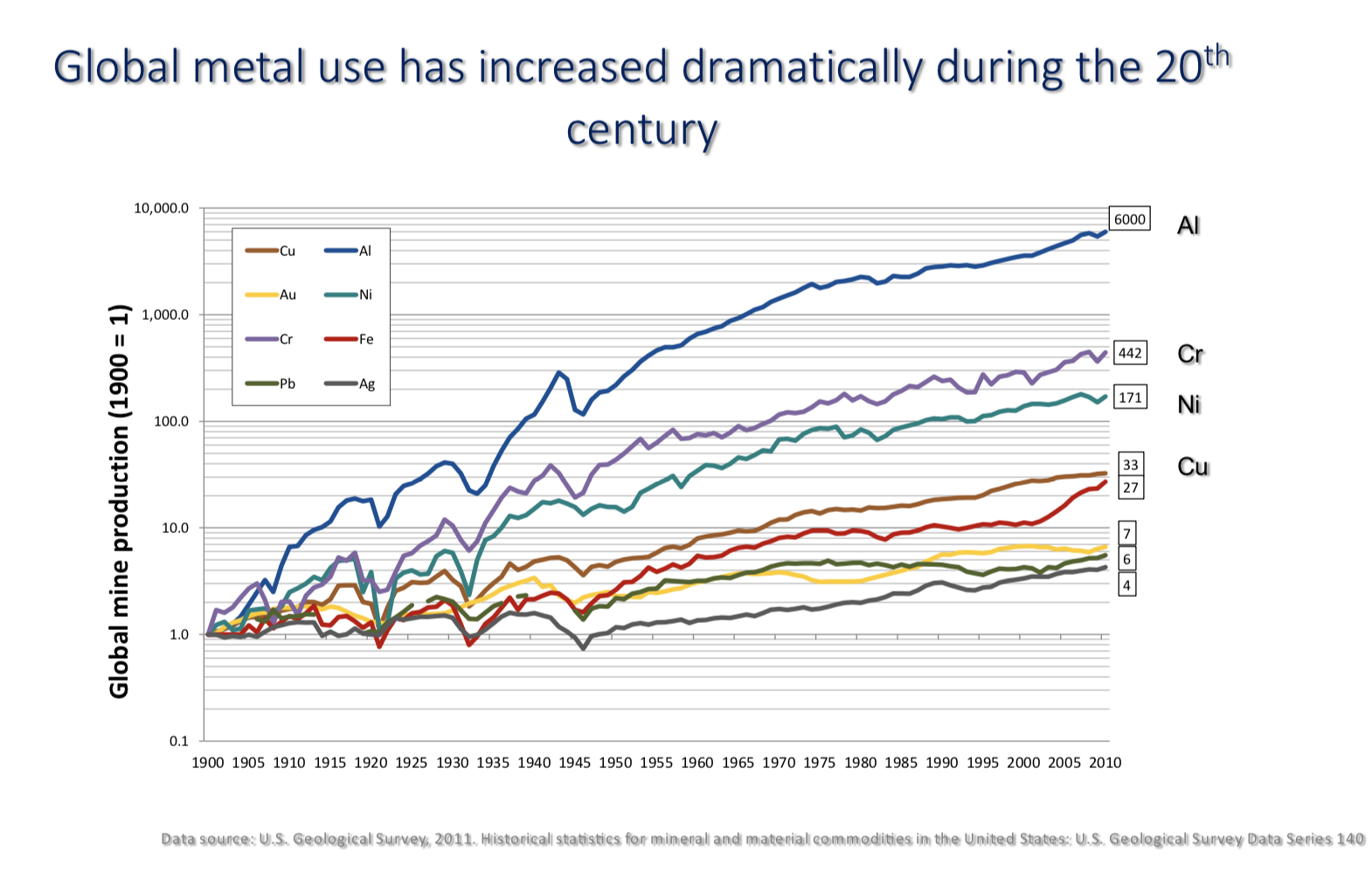About
Out of the 2.4 million tons of electronics that were disposed of in 2009, only 25 percent were collected for recycling. “Out of sight, out of mind” is what embodies most people’s attitude towards their waste in the United States, including their electronics. The fact our waste magically disappears every week and general unawareness of the processes that generate our material goods contributes psychologically to the throw-away culture of the US. Because we take for granted the raw materials that go into creating the electronics we use and the fact that we never have to consider our trash again after it disappears in a wastebin, this enables us to continue consuming and disposing without considering “reduce” or “re-use” and only occasionally “recycle" which an increasing problem in the electronics sector because there is only a finite amount of raw materials we can mine to meet the increasing demand for electronic goods.
Cellphone LCA
This visualization depicts the life cycle analysis (LCA) of a mobile phone. In the modern technological age, smartphones are no longer cost prohibitive and are used by individuals across all income levels and throughout both developed and developing countries. With over 5 billion cell phones in existence, they are the ideal use case to illustrate the importance of electronic recycling since they are so prevalent and chances are people own one. Depicting a life cycle analysis of a particular product on the website is useful because electronic devices are especially resource intensive to produce and an LCA helps us quantify what the exact cost of a product is, both in terms of cost and environmental impact. The visualization shows the life cycle of a cell phone starting from raw material extraction, manufacturing, distribution, use, recycling, and final disposal and helps the individual understand why electronic recycling is so important by tying it back to something personal and hopefully brings them to consider the consequences of simply landfilling electronic devices in general.

The image below illustrates the various types of raw material involved in creating a cellphone.

Unfortunately the end of life recycling rates for the majority of those materials are generally poor.

As our demand for electronics increases, so has the global usage of these finite elements

Emergy is defined as the expression of all the energy used in the work processes that generate a product or service, which is essentially the idea of life cycle analysis. Electronic waste represents wasted energy and research calculating emergy in the context of electronic devices illlustrate that throwing away a smartphone after two years of a four year lifespan wastes about 500 MJ of (amortized) emergy. [1]